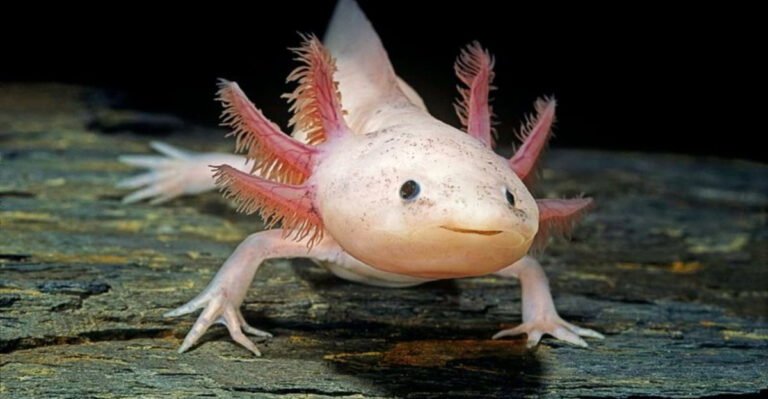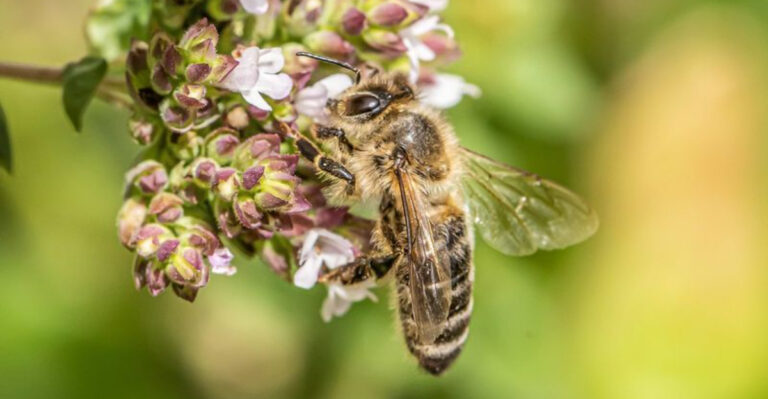15 Destinations For Seeing Endangered Animals In The Wild

Our planet’s most magnificent creatures face threats from habitat loss, poaching, and climate change. Seeing these endangered animals in their natural habitats creates unforgettable memories while supporting conservation efforts.
These destinations offer responsible wildlife viewing experiences that help protect these remarkable species for future generations.
1. Borneo’s Misty Rainforests
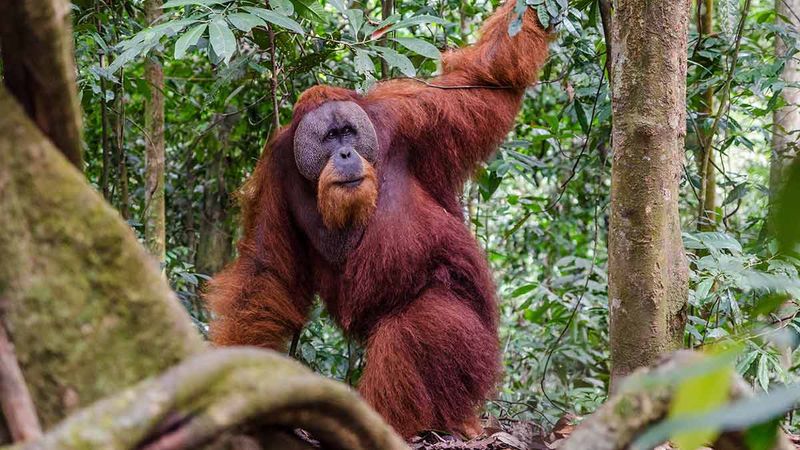
Hidden among the ancient trees, orange-furred figures move with surprising grace. Borneo offers the best chance to witness orangutans in their natural habitat, where they craft nests and teach their young survival skills.
The island’s protected areas provide crucial sanctuaries for these critically endangered great apes who share 97% of our DNA. Conservation programs here fight against palm oil deforestation.
2. Rwanda’s Volcanic Mountains
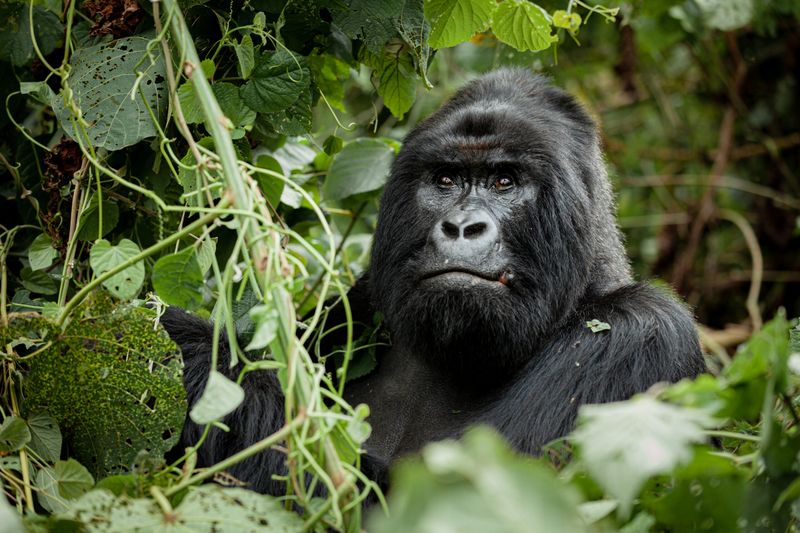
Just 1,000 mountain gorillas remain on Earth. Trekking through Rwanda’s bamboo forests rewards determined travelers with heart-stopping encounters with these gentle giants.
Local guides lead small groups to habituated families, where silverbacks and playful youngsters go about their daily lives. The steep permit fees directly fund conservation efforts that have helped gorilla numbers slowly increase.
3. Madagascar’s Lemur Havens
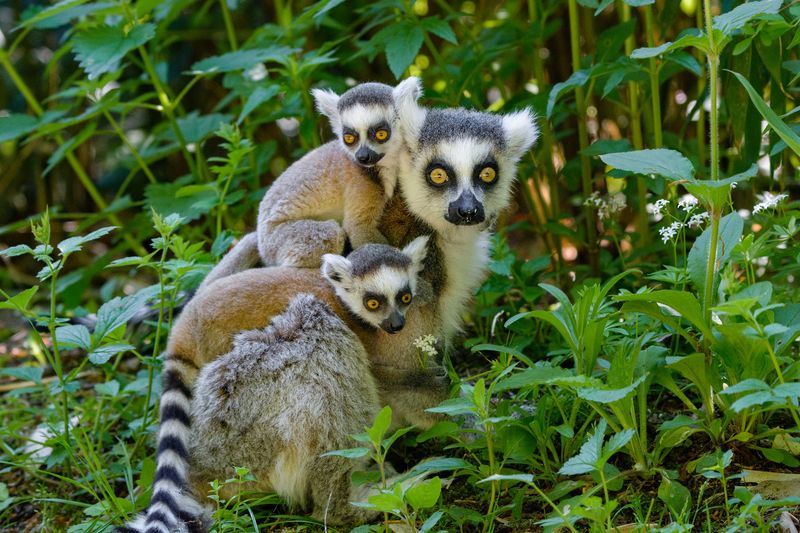
Nowhere else on Earth will you find these bouncing primates with their distinctive ringed tails. Madagascar’s isolated evolution created over 100 lemur species – with 95% now endangered.
Morning hikes through Andasibe-Mantadia National Park bring encounters with the teddy-bear-faced indri, whose haunting calls echo through the forest. Conservation projects involve local communities to protect remaining habitat.
4. India’s Tiger Sanctuaries
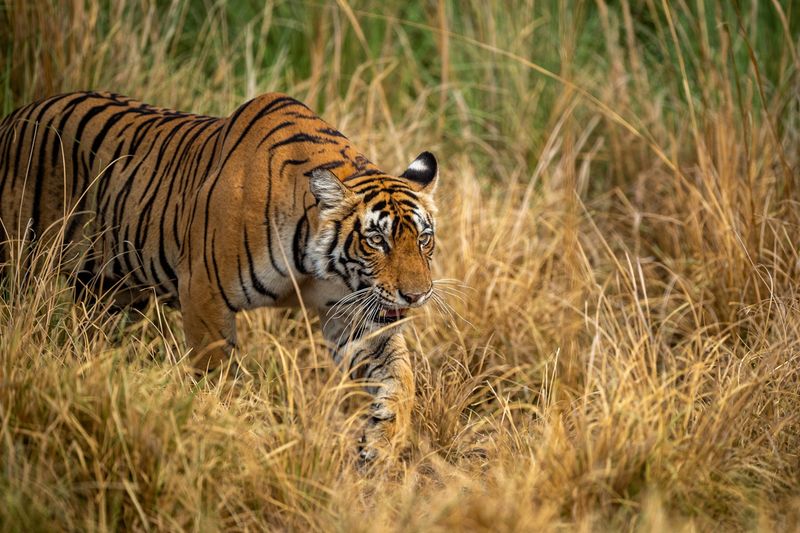
Your heart will skip when orange-and-black stripes materialize from tall grasses. India’s tiger reserves offer the world’s best opportunities to spot these magnificent big cats.
Ranthambore and Bandhavgarh national parks protect crucial habitats where tigers hunt, mate, and raise cubs. Early morning jeep safaris provide the best viewing chances. Every visitor contributes to conservation efforts saving these iconic predators.
5. China’s Bamboo Forests

Watching a giant panda methodically munch bamboo shoots ranks among wildlife’s most charming sights. China’s Sichuan province protects the last wild populations of these beloved bears.
The Wolong Nature Reserve offers hiking trails where lucky visitors might glimpse wild pandas. Conservation breeding programs have helped increase numbers, though habitat fragmentation remains a serious threat to their survival.
6. Galapagos Islands’ Marine Wonderland
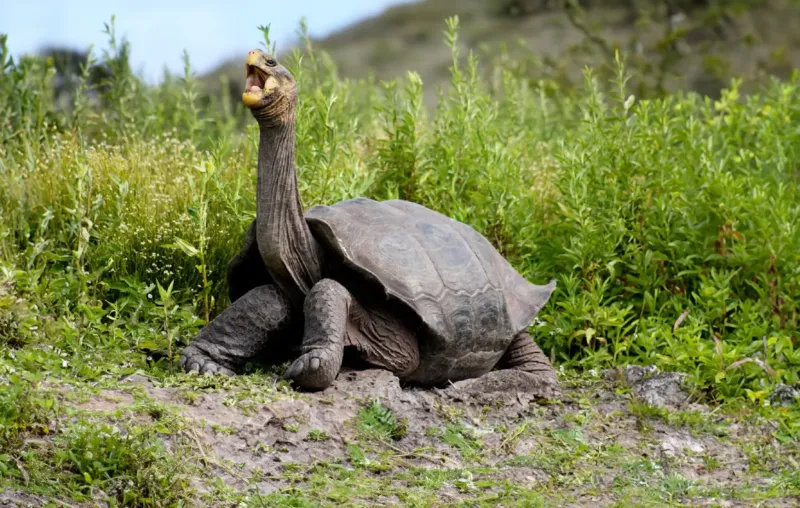
Swimming alongside ancient-looking giant tortoises feels like traveling back in time. These living dinosaurs, some over 100 years old, inspired Darwin’s theory of evolution.
The Galapagos’ protected waters also shelter endangered marine iguanas and hammerhead sharks. Strict visitor regulations ensure minimal human impact. Island-hopping tours provide close encounters with fearless wildlife that evolved without human predators.
7. Malaysian Rainforest Reserves
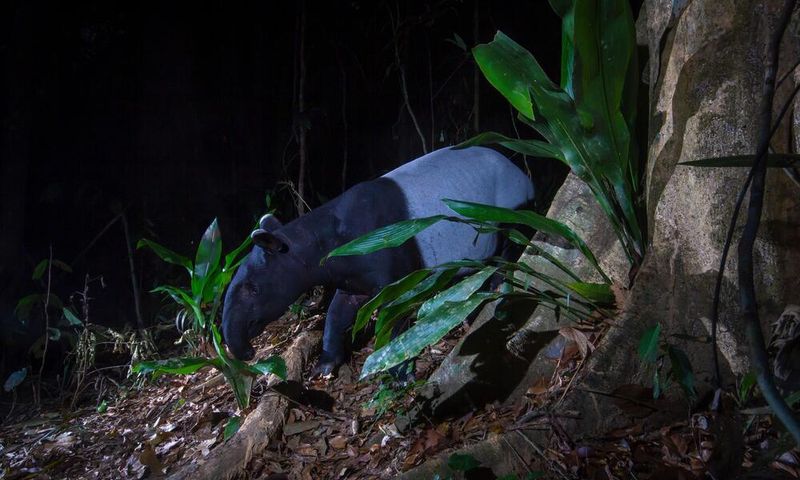
Smaller than a house cat but with striking black-and-white markings, the Malayan tapir emerges from dense jungle at dusk. Taman Negara, one of Earth’s oldest rainforests, shelters these endangered living fossils.
Night safaris may reveal clouded leopards and sun bears. The park’s canopy walkways offer unique perspectives of the ecosystem. Community-based tourism initiatives help local villages benefit from protecting these treasures.
8. Australian Coastal Sanctuaries
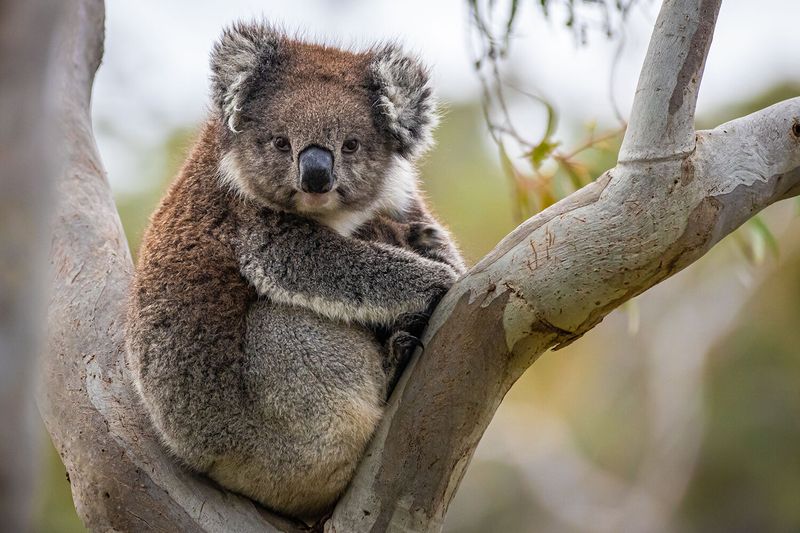
Fuzzy gray bundles of fur cling to eucalyptus trees along Australia’s eastern coastlines. Koalas face increasing threats from habitat loss, bushfires, and disease.
Kennet River and Magnetic Island offer ethical viewing opportunities where these sleepy marsupials can be observed without disturbance. Conservation efforts include creating wildlife corridors and hospital facilities for injured animals impacted by development and climate change.
9. Uganda’s Impenetrable Forest
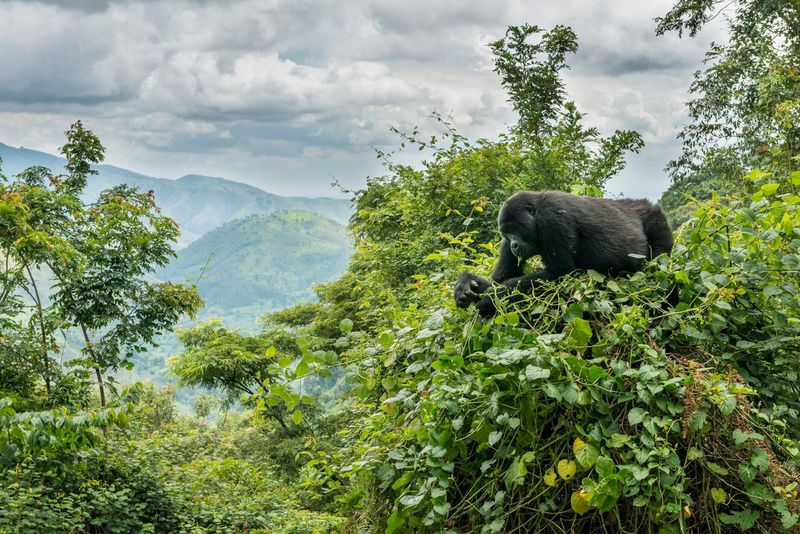
Mist swirls through ancient trees as you follow guides tracking one of Earth’s rarest primates. Uganda’s Bwindi Impenetrable Forest harbors nearly half the world’s mountain gorillas.
Trekking permits fund anti-poaching patrols and community development. Unlike Rwanda, Uganda offers more affordable gorilla experiences. Patient observers might also spot endangered forest elephants and chimpanzees sharing this biodiversity hotspot.
10. Costa Rica’s Sloth Sanctuaries
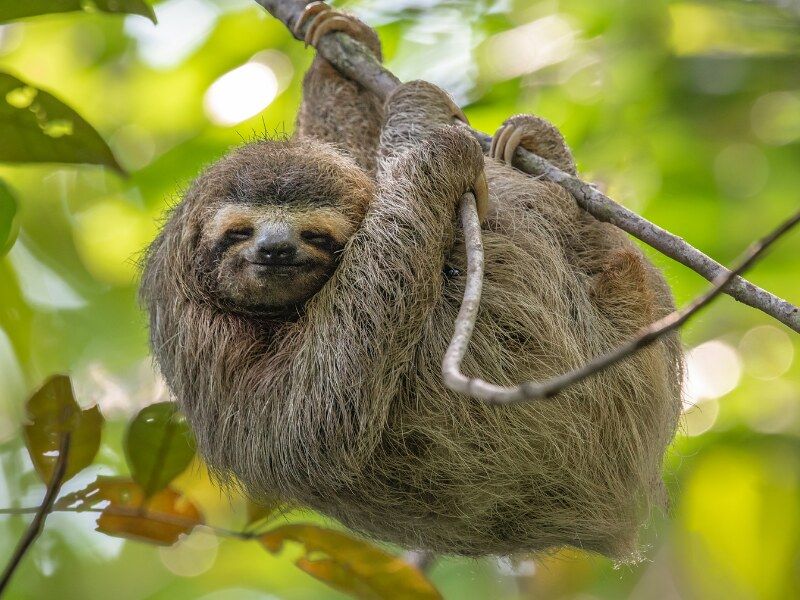
Blink and you might miss these slow-moving masters of camouflage. Costa Rica’s protected rainforests provide safe havens for both two and three-toed sloths.
Manuel Antonio National Park offers guided walks where experienced spotters find these peaceful creatures high in the canopy. Rescue centers rehabilitate injured animals, often harmed by power lines or road accidents, before returning them to protected forests.
11. Indonesian Komodo Islands
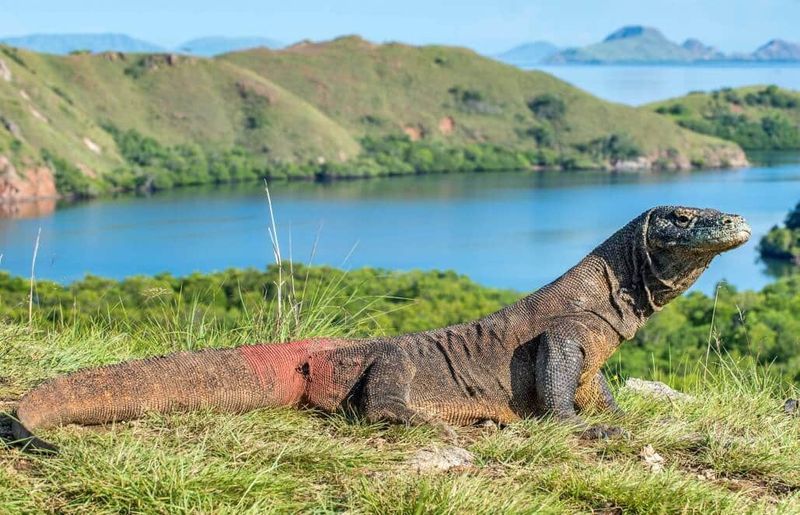
Ancient dragons still roam these remote islands, though they’re actually the world’s largest lizards. Komodo National Park protects these remarkable reptiles that can grow over 10 feet long.
Guided walks reveal these endangered predators basking in morning sun or stalking prey. The surrounding coral reefs shelter endangered sea turtles and manta rays. Recent conservation measures include limiting tourist numbers to reduce habitat impact.
12. Kenya’s Savanna Plains
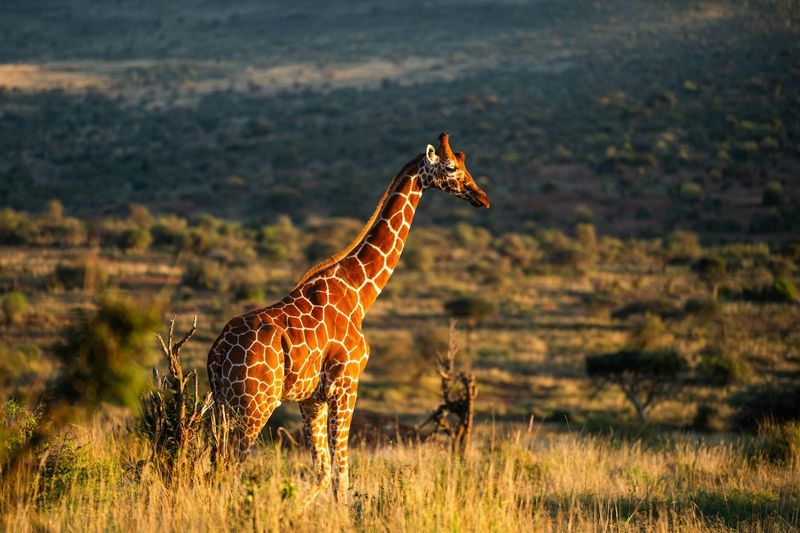
Against golden grasslands, the world’s tallest land animal appears impossibly elegant. Kenya’s conservancies protect crucial habitat for endangered reticulated giraffes, whose populations have declined by 50% in three decades.
The Laikipia Plateau offers intimate wildlife encounters beyond crowded parks. Community-owned conservancies employ former poachers as rangers. Guided walks provide closer connections to these gentle giants than traditional vehicle safaris.
13. Brazilian Amazon Wetlands

Gliding silently through flooded forests, pink river dolphins seem almost mythical. The Brazilian Pantanal, Earth’s largest tropical wetland, provides sanctuary for these endangered freshwater mammals.
Boat safaris along tributary rivers offer close encounters with these curious creatures. The region also shelters giant otters and hyacinth macaws. Eco-lodges support local communities while funding conservation initiatives fighting against habitat destruction and pollution.
14. Sri Lankan Elephant Corridors
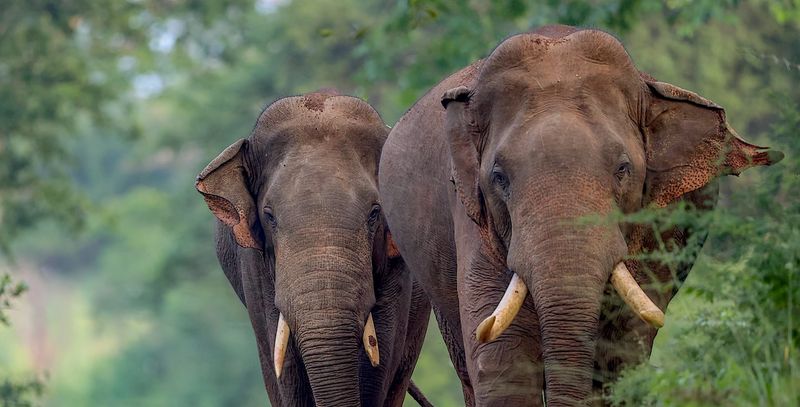
Family herds move between ancient forests and water sources along traditional migration routes. Sri Lanka’s protected areas safeguard the endangered Asian elephant, which faces increasing habitat fragmentation.
Udawalawe National Park offers ethical viewing opportunities where elephants roam freely. Conservation projects create wildlife corridors connecting isolated habitats. Community initiatives reduce human-elephant conflicts through innovative solutions like beehive fences protecting crops.
15. Antarctic Peninsula Waters
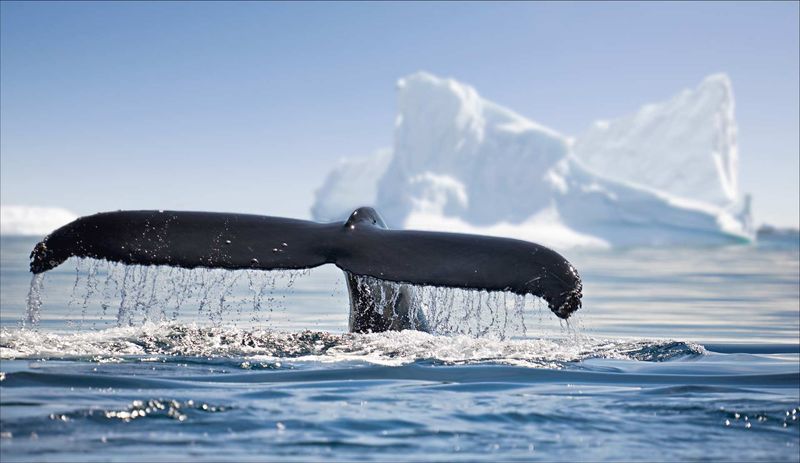
Massive black and white forms glide beneath icy waters hunting for krill. Antarctica’s remote location provides refuge for endangered whale populations recovering from historical hunting.
Expedition cruises follow strict environmental protocols while offering glimpses of humpback, minke, and the magnificent blue whale. Climate change threatens this fragile ecosystem, making sustainable tourism crucial for raising awareness about conservation needs.



